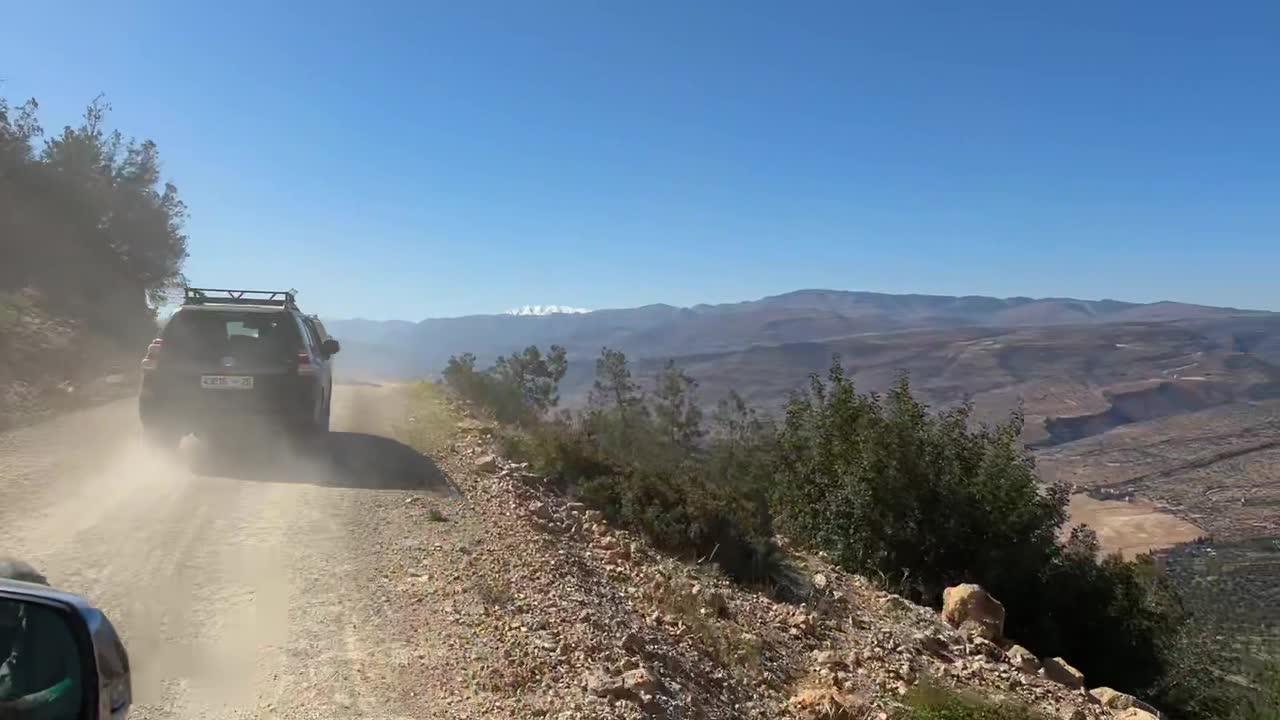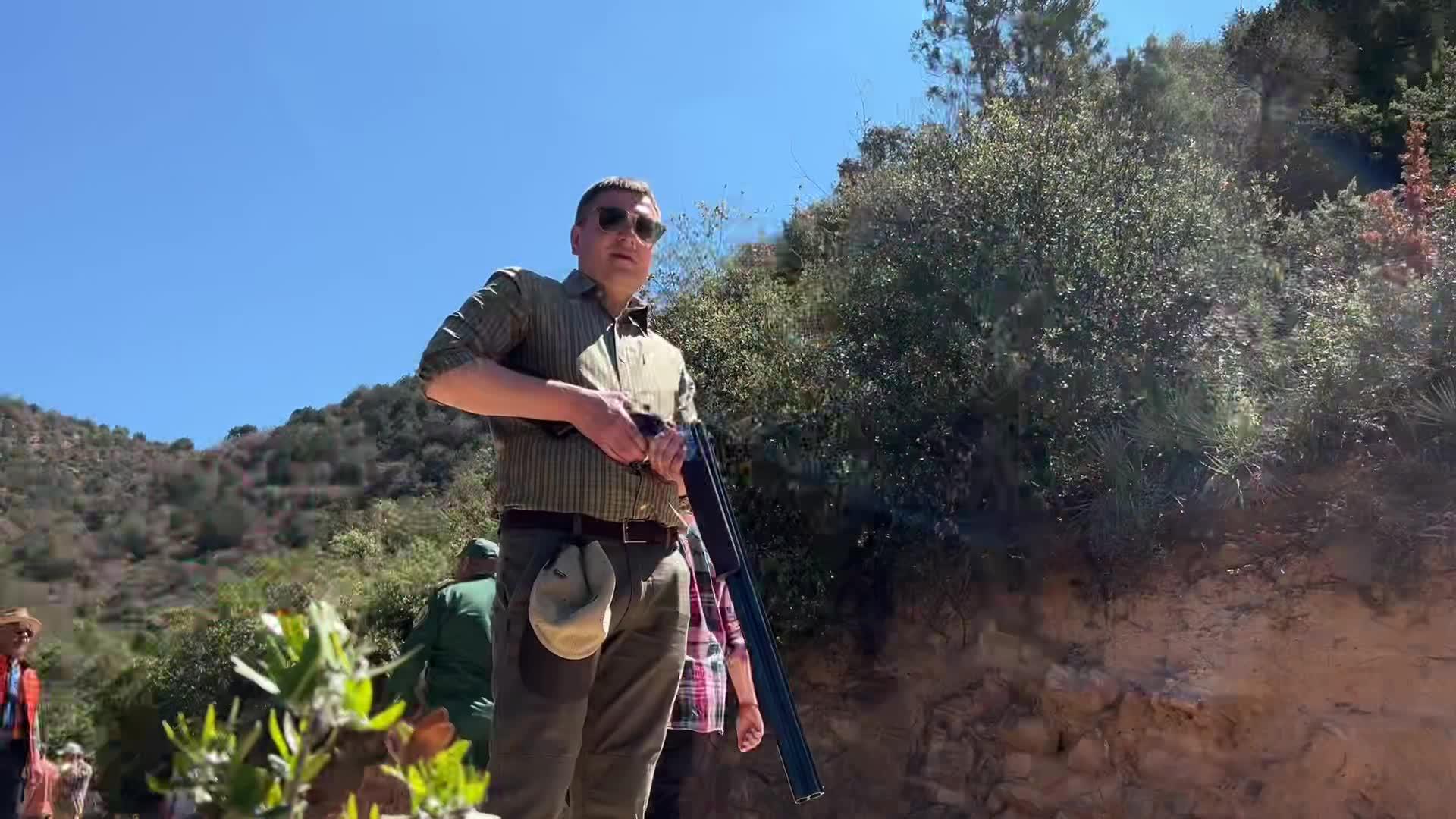
Hunting in TUNIS: Demographics in Tunisia, Geography, Local Laws, Clubs and Communities, Hunting Legislation of Tunisia (PART II) Hunting Seasons and Optimal Times The hunting season in Tunis follows the national calendar, with the best hunting times falling during the fall and winter months. The period from October to February is ideal for both small game and bird hunting, as this is when wildlife is most active and migratory birds are passing through the region. Early mornings and late afternoons are typically the best times for hunting, especially for small game like rabbits and hares, as these animals are more active during the cooler parts of the day. Bird hunting, particularly for migratory species, peaks during the fall when large flocks of quail, thrushes, and other migratory birds make their way through Tunisia. These birds stop to rest in the fertile habitats of Tunis, making it a prime location for hunters. Waterfowl hunting is also most productive during the winter month
Post: 5 August 09:28
















































